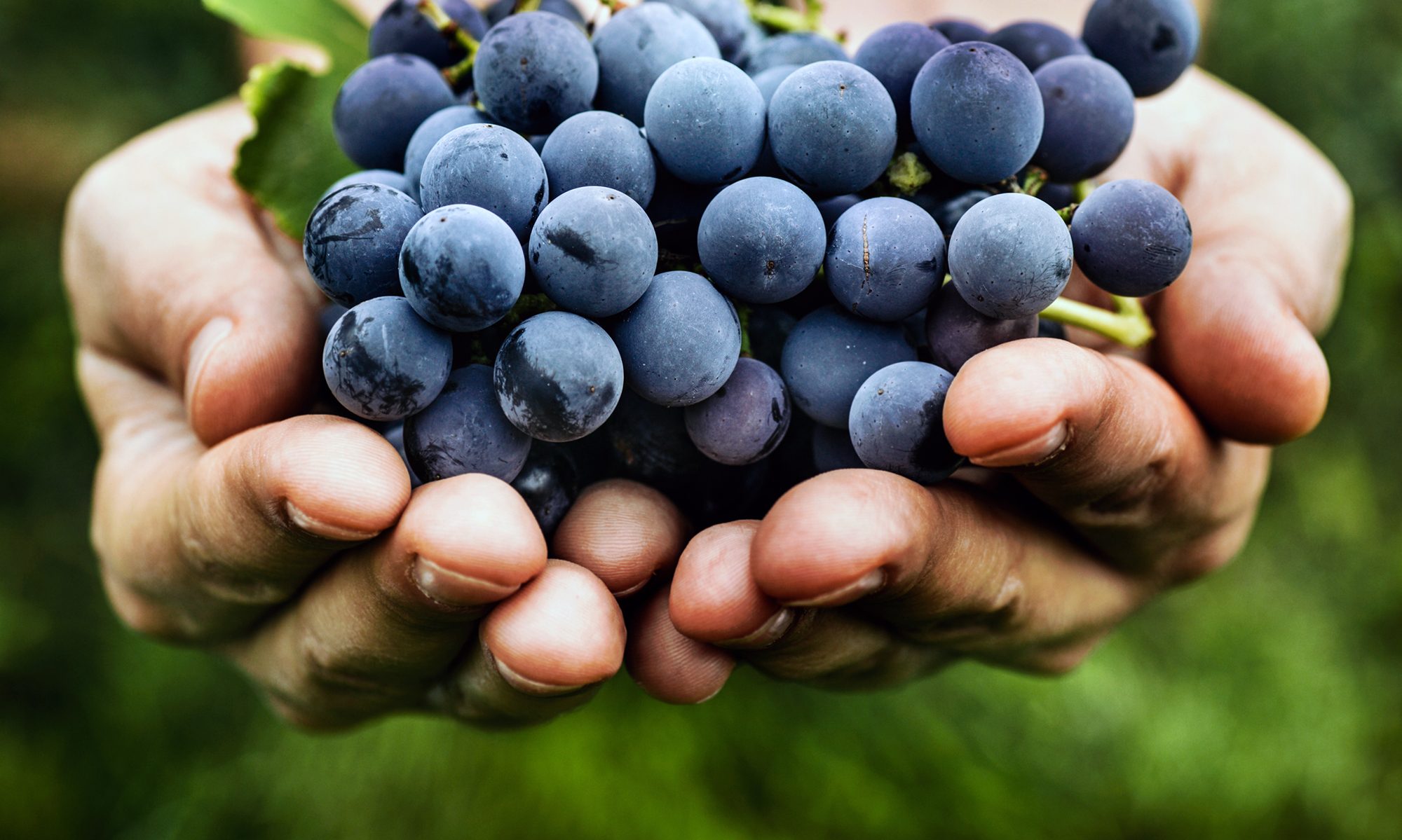Because of the high humidity and temperatures during the late spring and summer months here in the eastern United States, it is more difficult to control fungal diseases like downey mildew, powdery mildew, and black rot. The primary insects pests include Japanese Beetle and Grape Berry Moth. We refer to the Virginia Tech Spray Guide for American hybrid grape varieties for our spraying. We have found over the years that watching the weather and spraying at critical times allows us to get by with spraying less often and with less spray material. We attempt to do a more thorough job of spraying early in the season. When this is done, we have found that we do not need to spray a number of the later season sprays that would result in residue buildup on the berries. Typically, our last sprays are put on mid to late July, and our harvest begins in early September. This provides 4-8 weeks of rains and sunlight to the bunches before they are harvested.
We strive to learn more about how to minimize the use of sprays on the grapes and to use materials that are safer for ourselves, our customers, and the environment.
